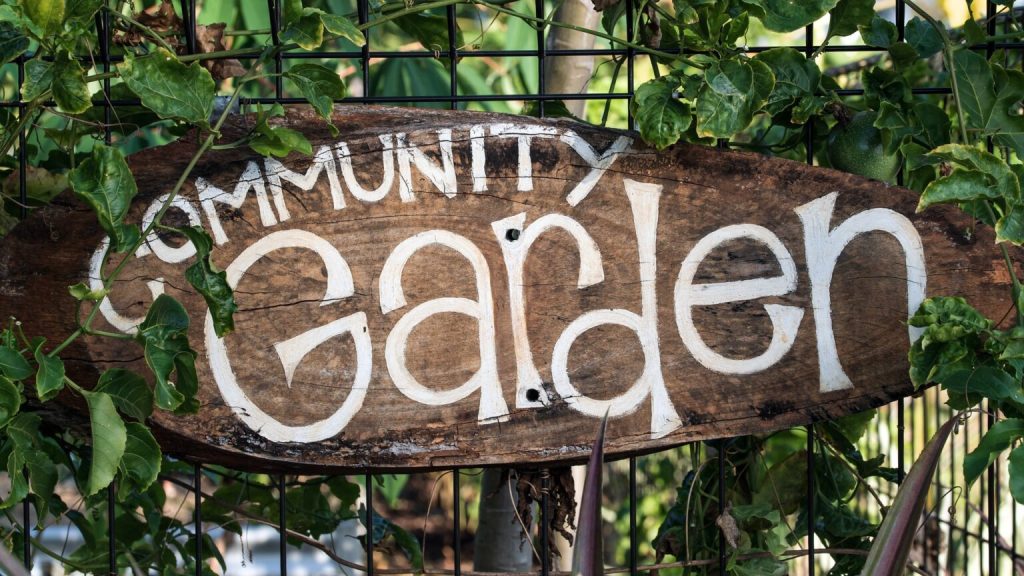Most people understand the importance of a healthy diet to maintain physical and mental wellness. Unfortunately, it’s not always easy to eat the way you should when you’re working and living in the inner city.
While cities can be ripe with countless quick food stops, they aren’t always the healthiest locations. Some urban areas are “food deserts,” offering very few options for adequate nutrition.
So, what can you do if you work and live in the inner city? How can you make sure you’re meeting your nutritional needs and prioritizing your health when there are multiple challenges to overcome?
Let’s talk about why healthy eating is so important, and what you can do to make sure you’re getting the nutrients you need, no matter what.
Inner City Health Risks
Big cities are known for being busy, crowded, and noisy. Some people thrive off of city life, but that doesn’t mean there aren’t challenges. The fast-paced environment of the city can be stressful, even if you enjoy it. You might not get the sleep you need at night because of traffic outside your window. You might worry about getting to work on time each day if you don’t catch the bus or subway. Or, you might even be concerned about your safety depending on the security where you live.
Finding ways to reduce your stress while you’re living and working in the inner city is important. Some of the best options include
- Exercising
- Meditating
- Journaling
- Deep breathing
- Mindfulness
Eating healthy is another effective way to reduce stress and improve your mental health. Certain foods can even improve your mood, including fatty fish, whole grains, and nuts and seeds.
If you work in the inner city, you should also consider how what you eat could impact your physical health. Working an office job can cause you to be sedentary throughout the day, so it’s important to eat foods that give you energy and will boost your motivation to stay active. Foods that contain vitamins and minerals to promote eye health are also important if you’re staring at a computer screen all day.
The Challenges of Good Nutrition
There’s no denying the health disparities often associated with urban living. Over 50 million Americans don’t have access to healthy food, and most of them live in inner-city environments. Some people struggle with food deserts, where little to no healthy options are available. Others live in “food swamps,” where there seems to be a convenience store or fast-food restaurant on every corner, offering an abundance of junk food.
Urban areas also often face challenges when it comes to things like
- Education opportunities
- Poverty
- Employment
- Housing
- Safety
These detriments can make it difficult to access healthy food. Even if you do live/work in an area that has an abundance of healthy options available, you still might struggle to have access personally, as many places tend to hike up the price of things like fresh produce. It’s often easier and cheaper to go through a fast-food drive-thru than to purchase a healthy snack from a local grocer.
How to Overcome Healthy Eating Challenges
Understanding the importance of staying healthy and prioritizing nutrition is a good place to start. When you actively want to make healthy choices in your life, you’re more likely to find ways to overcome the challenges of living and working in an urban area.
Start by doing your research. There might be healthier options where you live and work that you’ve never heard of before. Look for local grocery stores, convenience stores offering healthy options, or farmers’ markets that might offer fresh produce at a fraction of the cost.
If you’re truly stuck in an urban jungle or food desert, consider urban farming. You don’t have to have a major green thumb to grow your own food or a lot of space and land to do it. Whether you only have enough space for a small vegetable garden or you’ve got the ability to build something bigger on the roof of a building, don’t be afraid to get creative and start cultivating healthy food for you, your family, and your neighbors. Many urban farmers sell their produce, and it’s a great way to give back to your community.
You can also join or establish a community garden. They’re popping up in more urban locations across the U.S. because they can be built almost anywhere – yes, including the tops of buildings.
Community gardens give multiple people the opportunity to grow their own fruits, vegetables, and herbs, and keep them for their own families or share them with others. It’s a great way for those in inner cities to take more control of their health and well-being when other opportunities aren’t provided.
Unfortunately, many of the disparities facing those who live in inner cities won’t change overnight. However, there are things you can do to prioritize healthy eating in your life and overcome the challenges you might face when working or living in an urban setting. Keep these tips in mind to combat food disparities and get more of the nutrition you need and deserve.













